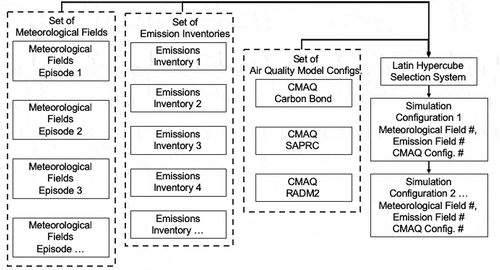Figures & data
Figure 1. Isoprene and one of its highly oxidized products, isoprene β-epoxydiol, that forms particulate matter in the atmosphere. The white spheres are hydrogen atoms, the black spheres are carbon atoms and the red spheres are oxygen atoms.
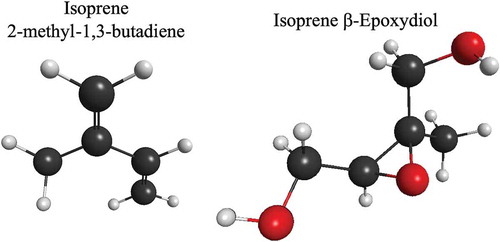
Table 1. Selected gas-phase chemical mechanisms used in air quality models. The symbol + indicates that the information was not apparent from the mechanism description (following the format of Baklanov et al. Citation2014).
Figure 2. Flowchart of an early scheme for developing gas-phase chemical mechanisms for air quality modeling that was state-of-the-science from the middle 1970s through the early 2000s Whitten et al. (Citation1980b).

Figure 3. An indoor chamber with artificial irradiation lamps. The left panel shows the irradiation lamps surrounding the Pyrex glass chamber. Gas concentrations were monitored by Fourier transform infrared spectroscopy (contained in box to the extreme left of the panel). The author (WRS) is assembling the chamber at the national center for atmospheric research. The right panel shows the chamber illuminated by the irradiation lamps.
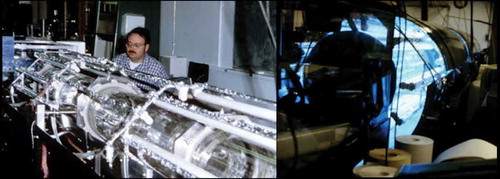
Figure 4. An outdoor chamber located at a field site at the University of North Carolina. Note that it has a somewhat similar design to an A-frame house. A history of this chamber is given by Jeffries, Kamens, and Sexton (Citation2013).
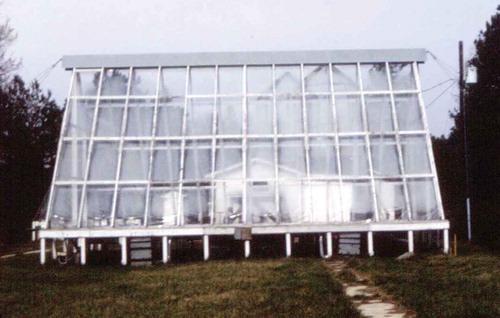
Figure 5. Flowchart of a chemical mechanism development following a hierarchy of chemical species scheme following the discussion found in Whitten et al. (Citation1980b). Part A shows an overview of the complete development and testing process. Part B shows the detail of the development and addition of species and reactions by hierarchy.
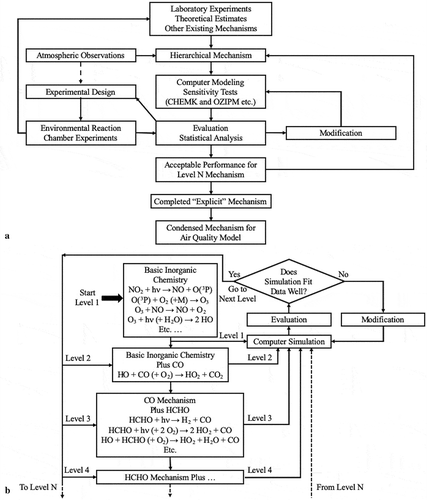
Figure 6. Flowchart of the new directions scheme based on five stages proposed by Kaduwela et al. (Citation2015).
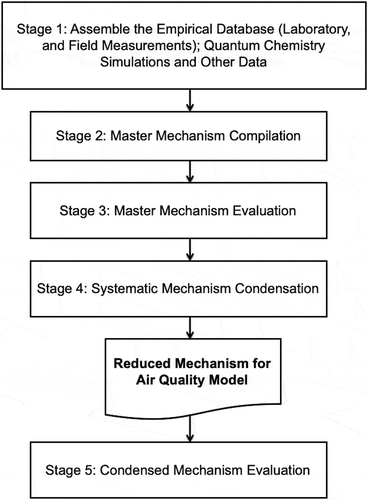
Figure 7. A hypothesized relationship between gas-phase mechanism size, computational requirements, and uncertainty. The thick vertical line denotes the available empirical chemical kinetic database. The thin vertical lines denote three regions where region 1 denotes mechanisms that are incomplete or overly condensed, region 2 denotes mechanisms that are reasonably condensed and region 3 denotes mechanisms that overly exceed the available data. Additions to the chemical kinetic database will shift the thick line to the right and support more detailed chemical mechanisms. The intention of this figure is to provide a qualitative representation of our text.
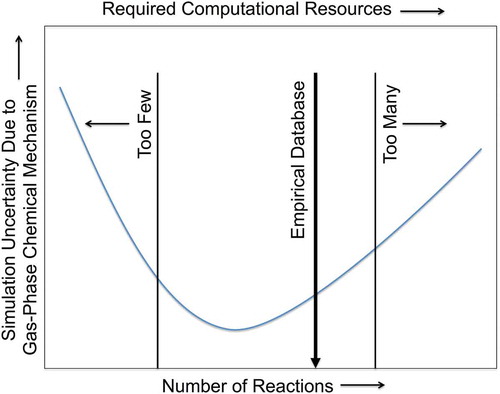
Figure 8. A scheme for ensemble air quality simulations. That shows the generation of sets of meteorological fields, emissions inventories, air quality configurations with variations in chemical mechanisms and other physical variables. An automatic Latin-Hypercube system is used to build and run a “random” series of air quality simulations.
